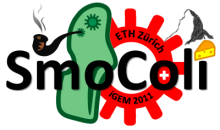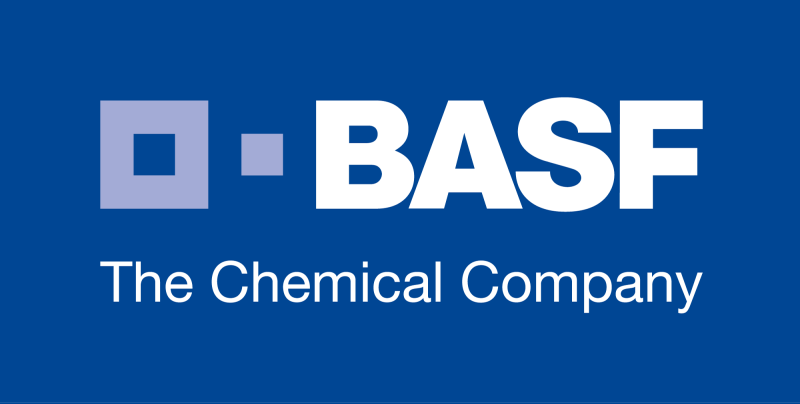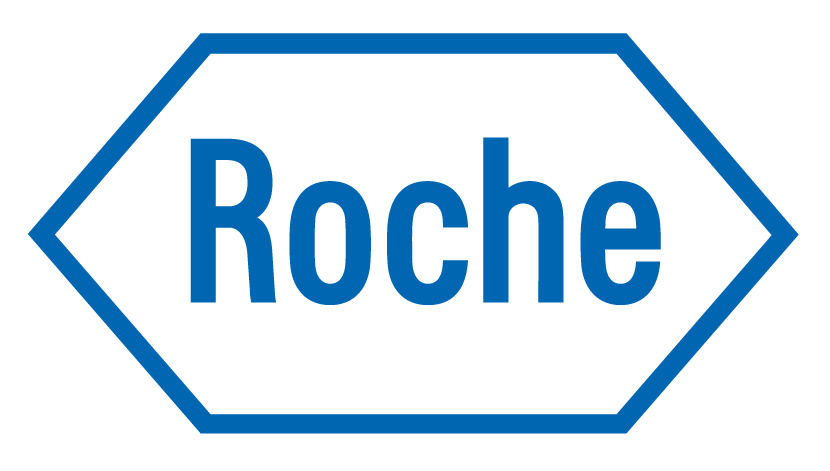Team:ETH Zurich/Overview/Dialogue
From 2011.igem.org
Dialogue between Biology and Modeling
Our team members were divided in two groups: biologists and modelers. However, we were constantly consulting with each other and each group was getting data and feadback from the other. For more details on the interaction between the biologists and modelers and how we were developing our ideas, read the dialogue below.
(…after long brainstorming…)
Biology and modeling: Let’s do a bacterio-quantifier of smoke! That’s really cool!
(…after some further brainstorming about its setup…)
Biology and modeling: We can put our cells in a microfluidic device. The channel will be given a constant flow from one side from where the toxic substance will enter. By having a flow and degradation, we can obtain nice gradient of the toxic molecule. Furthermore, with the flow our cells will be constantly supplied with nutrients from the medium and won’t die.
After several days…
Modeling: We will have some problems with AHL-based alarm! Modeling shows that AHL can not diffuse against the flow! However, we need our cells that are “before” (at higher acetaldehyde concentration than) the band range to have AHL all the time, in order to inhibit the alarm while the band is moving! How do we supply them with AHL?
(…brainstorming…. )
Biology: We can have a recycling of the flow back into the channel! Like that, all the cells would be supplied with AHL and thus the alarm won't be activated before time.
Modeling: Cool!
After several days….
Biology: Hey guys, we have bad and good news. We talked to some people and told them about our channel design. They didn’t like much our recycling idea. Since the tubing and pumps would have very high volumes compared to the channel volume, the AHL signal would be diluted to the point where no detection is possible anymore. Also, several pumps would be required to accomplish this, which will further complicate the process design. But they said that it shouldn’t be a problem for our cells to stay with no constant supply of nutrients for longer time…
Modeling: If we could get rid of the flow, that will make the things much easier! We will try to model the system with diffusion only and no flow.
Next meeting…
Modeling: No flow, but diffusion + degradation only work perfectly for creating a gradient. And AHL can perfectly diffuse everywhere. And we also tried with different channel sizes. We realized that we don’t have to use microfluidics for that, we can even put our cells in a longer tube!
Additionally, the single cell model works and we produce the band in the concentration range of 500-1500 uM of acetaldehyde.
Biologists: That is cool! We will save some time in creating microfluidics devices. We will make now an experimental test setup to check whether we can obtain a nice gradient.
Next day…
Biology: Yuhuuu ! We have an IPTG-inducible GFP gradient in our tube! And our cells are alive! So we are using tubes and no flow, only diffusion degradation!
Modeling: That are great news! We will continue simulating with various channel sizes to check how things will work…
Next meeting…
Biologists: There are again some problems with this setup. No live imaging is possible, but only end point measurements since the agarose with cells first has to be taken out of the tube and then analyzed under microscope. We are now in the process of creating again some microfluidics devices. We are using some techniques that don’t take much time. We will inform you as soon as we have results.
Modeling: Hmm… ok, tell us as soon as you have more definite dimensions.
Biologists: And also, we tried to supply acetaldehyde to the cells and they died even with smaller acetaldehyde concentrations than the ones you predicted for the band. We took a look at the parameters that you are using. For the TetR expression rate you use a value that is much higher than the expression rates of other proteins that we put on the same plasmid as TetR. You should use 1 instead of 3.93.
Modeling: We obtained that value after fitting the data from a paper to a Hill function.
Biology: Yeah, but in the paper they use mammalian cells and the expression rates are different from those in E. coli.
Next meeting…
Modeling: We changed some parameters and now the band is produced at far lower acetaldehyde concentrations than before. We also have a working 3D spatiotemporal model and everything works fine, we are looking forward to actual biological results
Biology: We tried different channel designs and now we have our final construct made out of PDMS. We would just need you to program the microscope for us to move and take pictures every half an hour or so…
Modeling: Sure!
Biology and modeling: Let’s do a bacterio-quantifier of smoke! That’s really cool!
(…after some further brainstorming about its setup…)
Biology and modeling: We can put our cells in a microfluidic device. The channel will be given a constant flow from one side from where the toxic substance will enter. By having a flow and degradation, we can obtain nice gradient of the toxic molecule. Furthermore, with the flow our cells will be constantly supplied with nutrients from the medium and won’t die.
After several days…
Modeling: We will have some problems with AHL-based alarm! Modeling shows that AHL can not diffuse against the flow! However, we need our cells that are “before” (at higher acetaldehyde concentration than) the band range to have AHL all the time, in order to inhibit the alarm while the band is moving! How do we supply them with AHL?
(…brainstorming…. )
Biology: We can have a recycling of the flow back into the channel! Like that, all the cells would be supplied with AHL and thus the alarm won't be activated before time.
Modeling: Cool!
After several days….
Biology: Hey guys, we have bad and good news. We talked to some people and told them about our channel design. They didn’t like much our recycling idea. Since the tubing and pumps would have very high volumes compared to the channel volume, the AHL signal would be diluted to the point where no detection is possible anymore. Also, several pumps would be required to accomplish this, which will further complicate the process design. But they said that it shouldn’t be a problem for our cells to stay with no constant supply of nutrients for longer time…
Modeling: If we could get rid of the flow, that will make the things much easier! We will try to model the system with diffusion only and no flow.
Next meeting…
Modeling: No flow, but diffusion + degradation only work perfectly for creating a gradient. And AHL can perfectly diffuse everywhere. And we also tried with different channel sizes. We realized that we don’t have to use microfluidics for that, we can even put our cells in a longer tube!
Additionally, the single cell model works and we produce the band in the concentration range of 500-1500 uM of acetaldehyde.
Biologists: That is cool! We will save some time in creating microfluidics devices. We will make now an experimental test setup to check whether we can obtain a nice gradient.
Next day…
Biology: Yuhuuu ! We have an IPTG-inducible GFP gradient in our tube! And our cells are alive! So we are using tubes and no flow, only diffusion degradation!
Modeling: That are great news! We will continue simulating with various channel sizes to check how things will work…
Next meeting…
Biologists: There are again some problems with this setup. No live imaging is possible, but only end point measurements since the agarose with cells first has to be taken out of the tube and then analyzed under microscope. We are now in the process of creating again some microfluidics devices. We are using some techniques that don’t take much time. We will inform you as soon as we have results.
Modeling: Hmm… ok, tell us as soon as you have more definite dimensions.
Biologists: And also, we tried to supply acetaldehyde to the cells and they died even with smaller acetaldehyde concentrations than the ones you predicted for the band. We took a look at the parameters that you are using. For the TetR expression rate you use a value that is much higher than the expression rates of other proteins that we put on the same plasmid as TetR. You should use 1 instead of 3.93.
Modeling: We obtained that value after fitting the data from a paper to a Hill function.
Biology: Yeah, but in the paper they use mammalian cells and the expression rates are different from those in E. coli.
Next meeting…
Modeling: We changed some parameters and now the band is produced at far lower acetaldehyde concentrations than before. We also have a working 3D spatiotemporal model and everything works fine, we are looking forward to actual biological results
Biology: We tried different channel designs and now we have our final construct made out of PDMS. We would just need you to program the microscope for us to move and take pictures every half an hour or so…
Modeling: Sure!
 "
"




